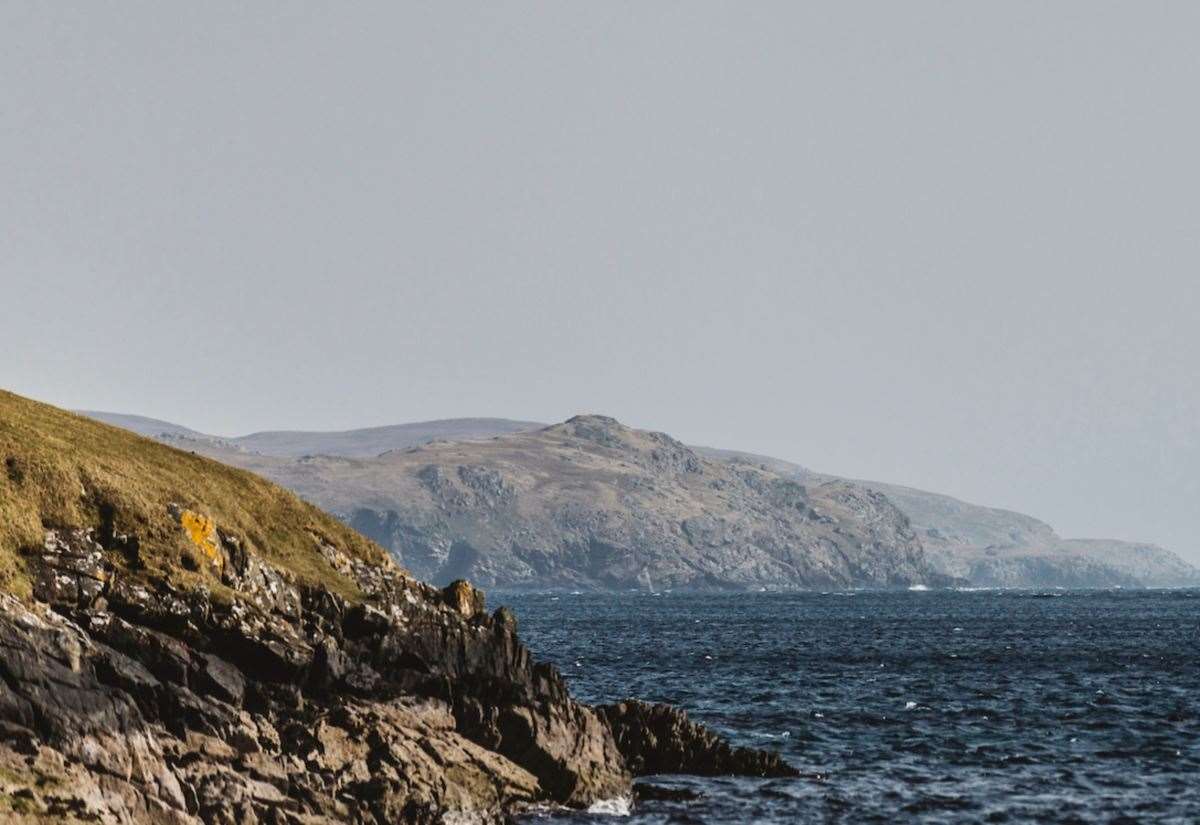Copyright shetlandtimes

The Scottish government’s nature agency has withdrawn its objection to plans for what would be the UK’s largest fish farm — in light of updated filings from the developer about potential impacts on both nearby seabirds and the seafloor. NatureScot first objected to plans for Fish Holm in Yell Sound this spring, forcing Scottish Sea Farms (SSF) to update its environmental impact documents and submit to another consultation period, which is currently ongoing. While the plans garnered concern from fishermen, campaigners and the council’s own economic development department, NatureScot’s was the only formal objection from a statutory consultee. Its withdrawal, published on Friday, clears the way for council planning officials to make a final decision after months of delay. NatureScot’s objection centred on concerns that the site, located with a designated special protection area (SPA), might affect endangered red-throated divers. In a “clarification note” filed earlier this month SSF wrote that NatureScot’s objection was based on a “peak” count of 13 birds, when the usual average is lower. SSF described the agency’s concerns, therefore, as relying on on “highly precautionary” calculations. The amount of waste produced by the farm, spread by tidal currents, runs the risk of compromising up to 30,000 square metres of foraging habitat for red-throated divers (a third of a per cent of the total SPA), according to SSF’s continued. Writing to the council last week, NatureScot staff said: “The additional information provided allows us to conclude that the proposal will not adversely affect [the site]… and we therefore remove our objection”. NatureScot also raised concerns about the extent of horse mussel beds at the site — a rare and protected marine feature which offers stable, biodiverse habitats. In their filings earlier this month, SSF included a new seafloor survey of the site performed in the spring. The survey concluded that, while some parts of the site were as much as 86 per cent covered by horse mussel shells, there were no areas where an underwater camera could find a dense enough clump of living mussels to qualify as a “bed”. Other areas were too covered by brittle starfish to actually see the seabed. “Efforts were made to investigate this further by lowering the [remote operated vehicle] closer to the seabed and attempting to displace the brittlestars by abrupt upward acceleration,” the survey reads. “The brittlestars settled immediately back into and it was not possible to ascertain what was underneath them.” Objections remain standing from the Shetland Fishermen’s Association and Shetland Shellfish Management Organisation over Fish Holm’s potential impact on the scalloping fleet — as well as anti-salmon farming campaign groups WildFish and Animal Equality. None of those groups have yet responded to the current consultation period, which closes in mid-November. While continuing to pursue Fish Holm, SSF are also progressing plans for other potential farms around the isles. Earlier this year the company put tide gauges in Whalsay, Skerries and off Lunning. In a private briefing seen by The Shetland Times earlier this month, the company have also begun assessing fishing efforts in Dury Voe for a site off Billister. Do you want to respond to this article? If so, click here to submit your thoughts and they may be published in print.



![Australian fan unknowingly interrupts YouTube stream of R Ashwin, gets shocked to see Indian legend live on video after AUS vs IND 2025 ODI [Watch]](https://d2731bbzmt3wpb.cloudfront.net/news/image/us-west-2:25d97050-7aa7-43a6-a623-8fb02e6af97e/20251031/ed92b9b0350440bbaf7c0eee51c748ba.jpg)